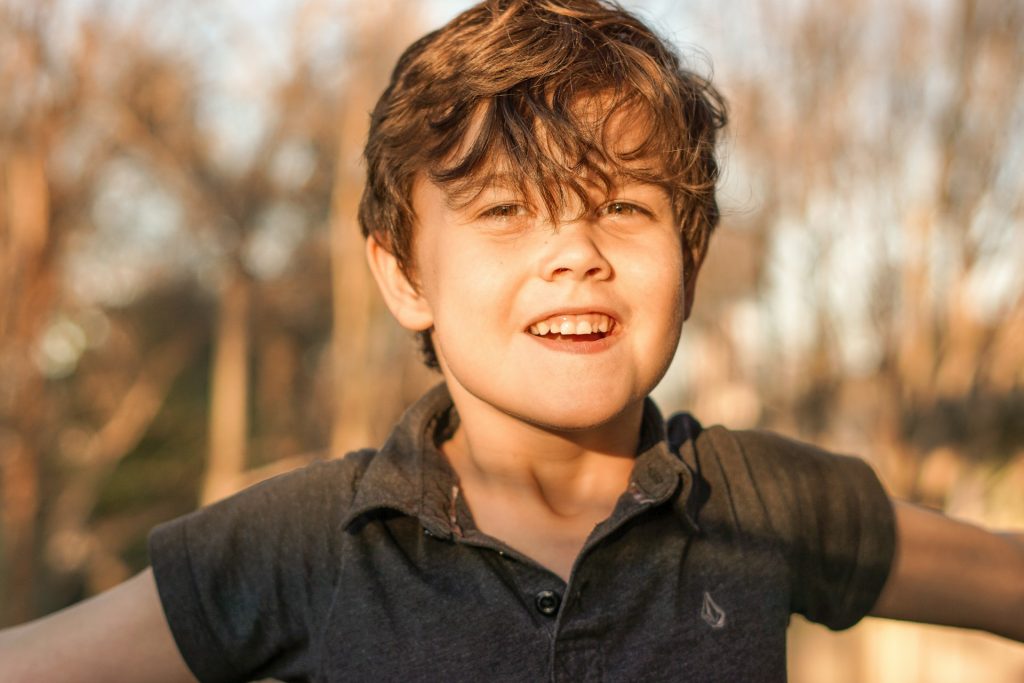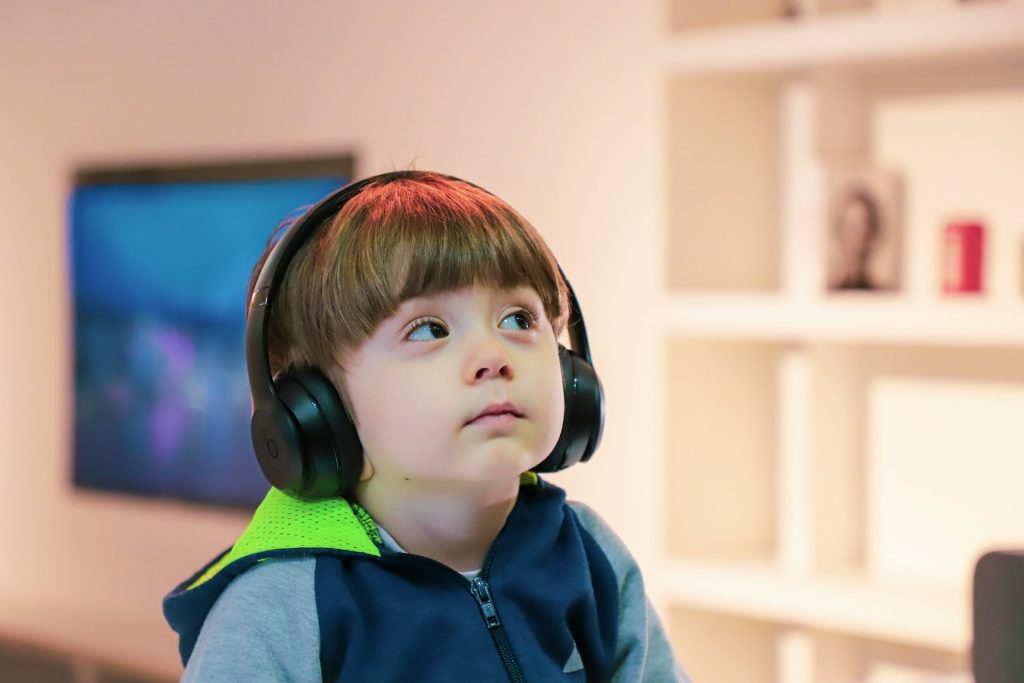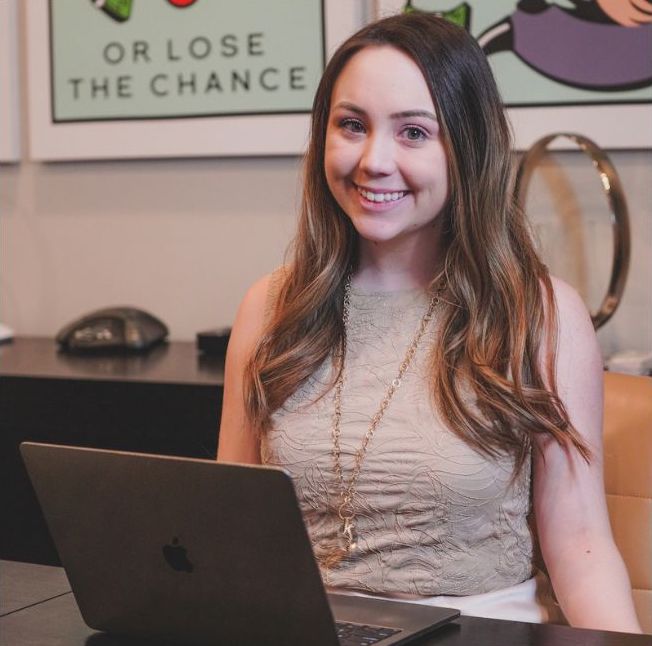
Kids riding bikes alone, walking to school with friends, or managing their own homework schedules can set off alarm bells for modern parents. Media headlines amplify every “what-if,” making unsupervised moments feel reckless instead of routine.
Yet childhood has changed dramatically from just a generation ago, and hovering has become many families’ default. Before we clamp down further, it’s worth asking whether our fears align with facts.
Research suggests well-scaffolded freedom often nurtures safer, more resilient kids—not the opposite. So how do we strike a balance between healthy autonomy and reasonable caution?
Freedom Builds Competence, Not Chaos
Children granted age-appropriate independence gain stronger decision-making skills, better self-esteem, and greater problem-solving confidence. When kids navigate small risks—like ordering their own meal or budgeting allowance—they practice executive functions essential for lifelong success. You could also have your kid try a new recipe in the kitchen, get the mail, do chores, etc. It’s up to you as long as the activity is age-appropriate.
The takeaway: measured freedom is less about recklessness and more about structured skill-building.
Overprotection Carries Its Own Risks
Parental anxiety can unintentionally hinder growth. When every misstep is pre-empted, kids miss critical feedback loops: stumble, adjust, succeed. By shielding them from manageable risks—like climbing a challenging playground structure—we may undermine physical literacy and self-trust. Autonomy, when thoughtfully introduced, is a protective factor against mental health struggles rather than a catalyst for harm.
Start Small: Incremental Autonomy Strategies
Granting freedom doesn’t mean tossing a smartphone and car keys at a ten-year-old. Instead, break responsibility into bite-size milestones. Let younger children choose wardrobe layers for the weather; allow tweens to navigate a safe neighborhood route with a buddy.
Each new privilege should come with clear expectations, rehearsed safety plans, and debriefs afterward. Celebrate responsible choices, and treat mistakes as coaching moments rather than proof that freedom was a bad idea. This incremental model teaches cause-and-effect without overwhelming kids or parents.
Tech Can Be a Safety Net—Not a Leash
GPS watches and check-in apps often attract criticism, but used mindfully they can bolster autonomy rather than erode it. For example, agree on geofenced zones your teen may explore, with a shared understanding that location pings are for emergencies, not micromanagement.
Many families set digital “office hours” for quick texts: “Arrived at basketball,” “Walking home.” Maintaining transparency about data use preserves trust, allowing parents to step back physically while still feeling psychologically secure.
Community Culture Matters
Kids thrive when neighborhoods collectively value and support youth independence. Consider rallying other parents to normalize walking school buses, group bike outings, or shared play in local parks. When adults know one another—and know the children—freedom no longer feels like abandonment but community empowerment.
Municipal efforts such as “Safe Routes to School” and “Play Streets” demonstrate that environment shapes opportunity; autonomy is easier when sidewalks, traffic speeds, and social networks align for safety.

Rethink “Too Soon” Through a Developmental Lens
Age alone is a blunt metric for freedom. A cautious nine-year-old may handle solo library trips better than a risk-seeking twelve-year-old. Instead of rigid age rules, gauge readiness using questions: Can my child articulate a plan if something goes wrong? Do they follow agreed check-in protocols? Have they demonstrated honesty with smaller responsibilities? Adjust privileges dynamically—expanding or contracting based on observed maturity rather than birthday milestones.
Empowerment Over Fear: Your Next Move
Parenting in 2025 often feels like walking a tightrope between vigilance and liberation. Yet evidence keeps pointing to a reassuring truth: calibrated independence prepares kids for real-world complexity more effectively than constant oversight.
The goal isn’t reckless freedom but a deliberate handoff of responsibility, matched to each child’s skills and context. Ready to test the waters? Pick one small arena—perhaps letting your child manage their own morning routine—and observe the growth that follows.
What step toward greater autonomy will you try this week, and how might it reshape your child’s confidence? Share your plan or concerns in the comments so we can learn from each other’s journeys!
Read More
- From Chaos to Calm: Strategies for Difficult Toddler Behavior
- Real Talk: Blunt Parenting Advice You Won’t Hear Elsewhere

Samantha Warren is a holistic marketing strategist with 8+ years of experience partnering with startups, Fortune 500 companies, and everything in between. With an entrepreneurial mindset, she excels at shaping brand narratives through data-driven, creative content. When she’s not working, Samantha loves to travel and draws inspiration from her trips to Thailand, Spain, Costa Rica, and beyond.